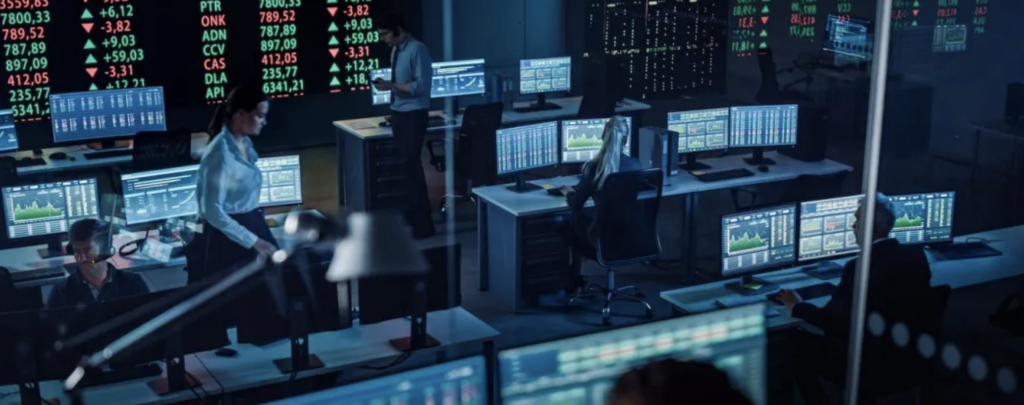Alexander Libman is Professor of Russian and East European Politics at the Freie Universität Berlin.
The last three years demonstrated the astonishing resilience of the Russian economy. Not only did it not collapse after major foreign sanctions were imposed in the wake of the 2022 invasion of Ukraine; it even demonstrated high growth rates in 2023-2024. It is this economy that allows Putin to replenish his army and, most crucially, to find new soldiers without resorting to what would be an extremely unpopular mass mobilization—simply by offering very high payments to new recruits.
Two sets of factors have allowed the Russian economy to survive and even to grow during the last years. The first is associated with the limits of sanctions—here, internal contradictions in the sanctions regime reduced its effectiveness. The second is associated with the nature of the Russian economy itself.
Sanctions certainly would have worked better if they were joined not only by the Western states, but also by non-Western countries, especially China and India. They would also have been more effective had they more resolutely targeted Russia’s main sources of revenue, oil and gas, at a much earlier stage. Throughout 2022, Russia benefitted from skyrocketing prices for its resource exports, which simplified its process of economic adaptation to the new reality.
An alternative course of sanctions from the point of view of these two issues was, however, likely not feasible. Most of the Global South perceived the war in Ukraine as a regional European conflict and the West as hypocritical and self-interested. As a result, it saw absolutely no reason to sacrifice its own economic interests to shore up Western ones. Similarly, from China’s point of view, given the unavoidable reality of economic and political confrontation with the US, there was little to be gained from supporting a West that would not offer anything in return.
Immediately sanctioning Russian oil and gas would likely have significantly damaged European economies, especially Germany’s—which is even now struggling with stagnation and decline of its industrial base. This effect, in turn, would make Germany less able to support Ukraine, and its electorate less willing to accept further costs of conflict. Even now, after the EU undertook substantial efforts to decouple its economy from Russian energy, it is simply buying resources from other, more expensive sources—and sometimes, as in the case of LNG (liquefied natural gas), from Russia itself. Meanwhile, Russia is selling oil and gas to customers it had originally found less attractive than Europe. In short, Russia is simply too big to be completely cut off from global energy markets.
Beyond its relative imperviousness to Western sanctions, the most important reason for Russia’s economic performance over the last two years was a specific economic model that it managed to create. In somewhat simplified form, the mechanism of Russian economic growth boils down to the following five elements.
Since the start of the war, Russia massively increased its military spending. The Russian government notably did not use coercive tools— requisitions, reallocation of workforces, or mandatory industrial plans—to strengthen the military sector. Instead, it continued to rely on market mechanisms, which means that, even now, the Russian economy can be described as a “war economy” only with an asterisk.
To ensure that it is able to maintain the output necessary to continue fighting, the Russian military-industrial complex had to increase employment. This increase happened in a country that already before the full-scale invasion suffered from major workforce deficits that were only exacerbated after 2022 due to emigration and the recruitment of soldiers. As a result, military companies had to substantially increase salaries for their employees.
These larger salaries led to increasing consumption spending. And here another key feature becomes highly relevant: unlike the Soviet Union, Russia is a market economy, where private business has enormous experience in adapting to various challenges. Private companies responded to the growing demand by providing consumer goods and services. The decision of many Western firms to leave Russia was seen as a unique chance for expansion. Russian business showed enormous creativity in finding ways around sanctions. Still, private firms also required more workers—a fact that contributed to the labor shortage and the increasing salaries, which then, in turn, strengthened the consumption boom.
The Russian Central Bank is also an important element of Russia’s recent economic success. Run by a highly professional management team, it managed to act quickly to avoid bank runs and the collapse of the banking sector in the early days of the full-scale invasion. This strategy also supported the economic adaptation discussed above.
From the point of view of this model, sanctions play an ambiguous role. They make import of consumer goods and technologies more expensive, which is a problem for Russia. However, paradoxically, they strengthen Russian economic performance by preventing capital flight from the country. Under other conditions, Russian companies, concerned about the risky and unstable environment in Russia, might move their consumption-boom profits to safe locations abroad. Now, these locations are not safe anymore—and as a result, money stays inside Russia and is further invested in production and infrastructure.
While this model worked reasonably well in the last couple of years, the high growth rates of 2023 and 2024 will most likely not be sustained in the future. In a nutshell, Russia has reached a state of full employment—there are no more workers available to expand production. As long as the war continues, there is no solution to this problem because of limited access to new technologies and constant demand for soldiers for the frontlines. Even worse, in 2024, as a reaction to the terrorist attack in Moscow, the Russian government introduced numerous restrictive measures against labor migrants from Central Asia, who, in the past partially solved the Russian workforce problem.
Without new workers, more demand does not lead to more growth, but only to more inflation, which in 2025 is expected to reach10%. The Central Bank reacts to increasing inflation by increasing its interest rate, which is now at the extremely high level of 21%. So far, however, the effects of this policy have been limited, primarily because large parts of the Russian economy have access to money “outside” the standard banking lending mechanism, e.g., through governmental subsidies and procurement. The Russian government is also increasing tariffs and taxes, which will only strengthen inflation.
This means, however, that the Russian economy is facing a dilemma. Sectors without privileged access to state money—which is, of course, distributed not based on economic merit but on political and lobbying considerations—will have no choice but to reduce their output due to the high interest rate and expensive credit. However, even this high interest rate, for which the Central Bank is heavily criticized in Russia, does not solve the inflation problem.
Russia’s immediate economic outlook is thus far less optimistic than the last two years would suggest. Most likely, Russia is sliding into a form of stagflation, characterized by zero growth, high inflation, and—unlike most other stagflation episodes in world history—low unemployment. In the short run, this state of affairs will make economic sentiment in the country more pessimistic. In the long run, it will lead to an increasing gap between Russia and leading world economies. In 2025, the Russian GDP is expected to grow by 1-2%, which is a substantial decline compared to over 4% in 2024. In particular, the non-defense industry is likely to slide into economic slowdown. Declining oil prices, which could be driven by the new US trade tariffs, are likely to weaken the Russian economy even further.
None of this means, however, that Russia is approaching economic collapse, which some observers have been so eager to predict. For now, the Russian economy remains a functioning one, allowing Putin to continue his war.



